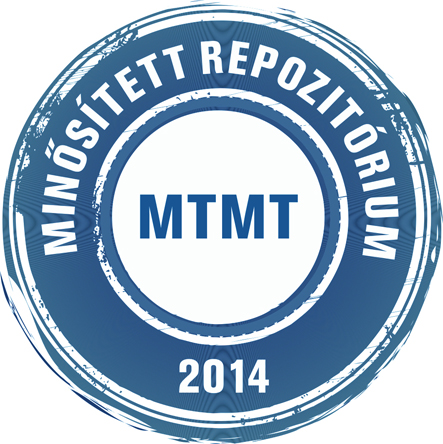Vitális Flóra; Bodor Zsanett; Zaukuu John-Lewis Zinia; Bázár György; Kovács Zoltán: Aquaphotomics: an innovative application of near-infrared spectroscopy focusing on water. In: Élelmiszervizsgálati közlemények, (65) 4. pp. 2680-2687. (2019)
|
Cikk, tanulmány, mű
elelmiszervizsgalati_kozlemenyek_2019_04_2680-2687.pdf Letöltés (273kB) |
Absztrakt (kivonat)
In the field of food science, indirect methods which can be used to determine a certain property of the sample by correlating the measured physico-chemical characteristics are widely applied for the detection of food counterfeiting. Near infrared spectroscopy (NIR), complemented by multivariate statistical analyses, is a quick, non-destructive method that does not require sample preparation in most cases. The interactions that can be observed between aqueous systems or aqueous solutions and electromagnetic radiation (light), i.e., the effects of different perturbations on the structural and functional properties of water, are investigated by a new and dynamically evolving area of science called aquaphotomics. It has been proven by a number of research results that by applying the so-called “water-mirror approach”, the detection limits that can be obtained using the conventional approach can be overcome in aqueous systems, and in certain cases components that are present in concentrations that are a few orders of magnitude lower than usual can be detected. The technique of aquaphotomics has been tested in diverse areas of science such as medicine, microbiology, plant physiology or food analysis. In our series of experiments, the detectability of the counterfeiting of ground paprika samples using 0 to 40% corn flour has been investigated by applying the method of aquaphotomics to their solutions. During the evaluation of the results, the first harmonic range of water (1,300-1,600 nm) was used. Spectral patterns were represented on an aquagram, and then a model for estimating the corn flour content was constructed using the Partial Least Squares Regression (PLSR) method. PLSR results showed a strong correlation between the added amount of corn flour and the amount estimated by NIR (near-infrared) spectroscopy. Samples with a lower corn flour content (0-3%) showed a greater absorbance around 1,450 nm, while samples with a higher corn flour content (15-40%) exhibited a greater absorbance between 1,364 and 1,412 nm. These differences are explained by the spectral absorption of water bound with hydrogen bonds to varying degrees. Research results from recent years show that aquaphotomics is a promising technique in many areas of science, including food science.
| Mű típusa: | Cikk, tanulmány, mű |
|---|---|
| Egyéb cím: | Aquaphotomics : a közeli infravörös spektroszkópia innovatív, vízközpontú alkalmazása |
| Rovatcím: | Fókuszban = In Focus |
| Befoglaló folyóirat/kiadvány címe: | Élelmiszervizsgálati közlemények |
| Dátum: | 2019 |
| Kötet: | 65 |
| Szám: | 4 |
| ISSN: | 0422-9576 |
| Oldalak: | pp. 2680-2687 |
| Nyelv: | angol |
| Kiadó: | WESSLING Nemzetközi Kutató és Oktató Központ Közhasznú Nonprofit Kft. |
| Kiadás helye: | Budapest |
| Befoglaló mű URL: | http://acta.bibl.u-szeged.hu/79011/ |
| Kulcsszavak: | Élelmiszerhamisítás, Élelmiszervizsgálat - módszer, Élelmiszerbiztonság, Spektroszkópia |
| Megjegyzések: | Bibliogr.: p. 2685-2687. ; összefoglalás angol nyelven |
| Szakterület: | 02. Műszaki és technológiai tudományok 02. Műszaki és technológiai tudományok > 02.10. Egyéb műszaki tudományok és technológiák 02. Műszaki és technológiai tudományok > 02.10. Egyéb műszaki tudományok és technológiák > 02.10.02. Élelmiszer és italfélék |
| Feltöltés dátuma: | 2023. júl. 12. 07:25 |
| Utolsó módosítás: | 2023. aug. 26. 08:11 |
| URI: | http://acta.bibl.u-szeged.hu/id/eprint/79309 |
 |
Tétel nézet |



